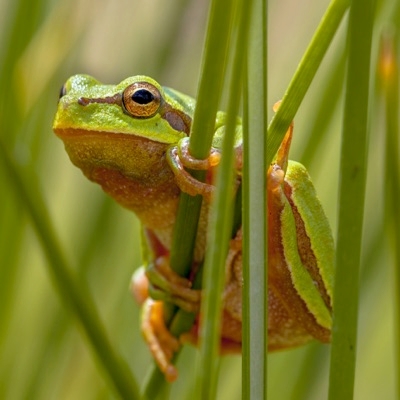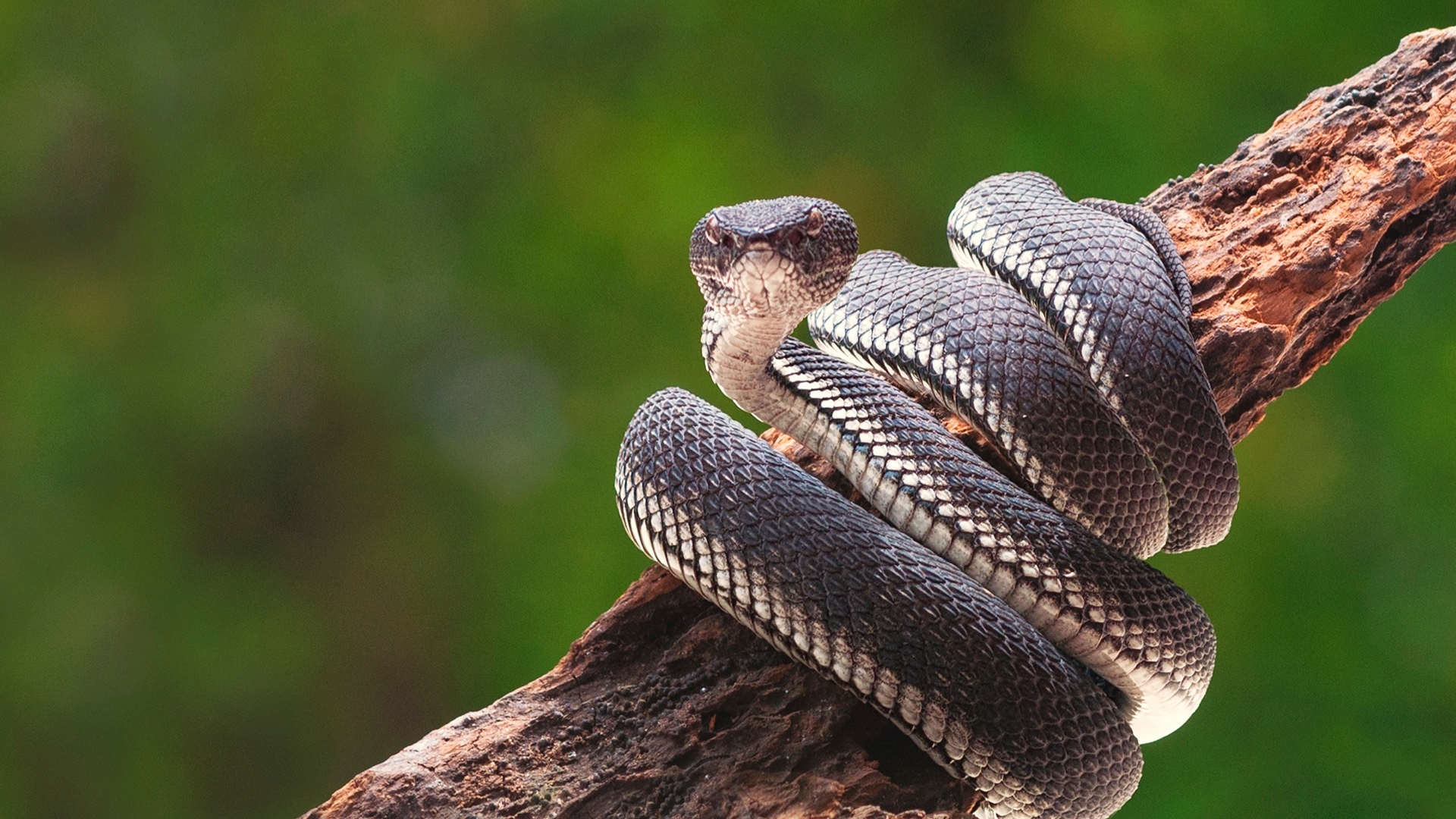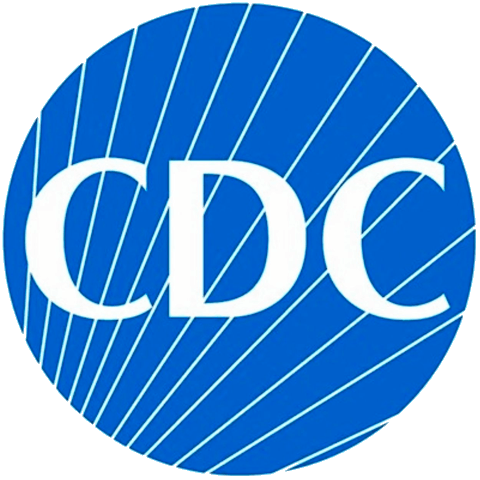A Warning About Venomous Reptiles And Amphibians:
Are You Considering A Reptile Or An Amphibian?
Summary:
The CDC does not recommend keeping venomous animals as pets or in household settings. While that seems like commonsense, there are still people who disagree. If you are keeping a venomous animal then it's important you understand the risks, and how to respond if you are bitten or get venom on your skin.


The CDC does not recommend keeping venomous animals as pets or in household settings.
Venoms are a defense that some reptiles and amphibians use to protect themselves from any potential dangers or harm in their environment. Some venomous animals, like poison dart frogs and coral snakes, can be identified by their bright colors and markings. However, some venomous animals are harder to identify. Some animals can transmit venoms through bites or through contact with their skin or saliva. For example, poison dart frogs ooze deadly toxins through their skin. One poison dart frog can make enough toxin to kill 10 adults.
There are many different types of venomous reptiles and amphibians throughout the world. In the United States, there are only four native types of venomous snakes (coral snakes, rattlesnakes, cottonmouths/water moccasins, and copperheads) and one venomous lizard (the Gila monster). However, the pet trade has introduced nonnative animals into the United States.
You should always consider the unpredictable nature of venomous animals and be aware that treating a bite from a venomous animal is difficult. Venoms are very toxic and can have severe and life-threatening effects. Antivenoms can treat some bites, but these medications can cost hundreds of dollars and might not be available at some hospitals. In addition, antivenom sometimes can cause allergic reactions that can be just as dangerous as the venom itself.
If you keep or work with venomous animals, make a list of all the hospitals in your area that stock antivenoms for those types of animals. Include hospital phone numbers and addresses. Put this list somewhere easy to find, like on your refrigerator or near the animal's habitat.
What to do if you are bitten by a venomous animal or get venom on your skin
- Seek immediate medical attention (even if the wound does not seem serious).
- Call your healthcare provider as soon as possible so that they can prepare the appropriate antivenom.
- Be as clear as possible about the type, colors, and markings of the animal. Correct identification of the animal helps healthcare providers to provide the appropriate treatment. Don't handle or trap the animal, because venom can be dangerous even after the animal has died.
- Remain as calm and still as possible until you can be treated by a healthcare provider.
- Apply first aid:
- Lay or sit down. If possible, position the bite so that it is below the heart.
- Remove rings and jewelry before swelling begins.
- Wash the wound with warm water and soap.
- Cover the wound with a clean, dry bandage.
- Go to the hospital as soon as possible. Fast treatment will reduce damage caused by venom and improve chances for recovery.
- Don't drive. Snake bites can cause dizziness and fainting. Learn more about venomous snake bites and how to prevent them.


